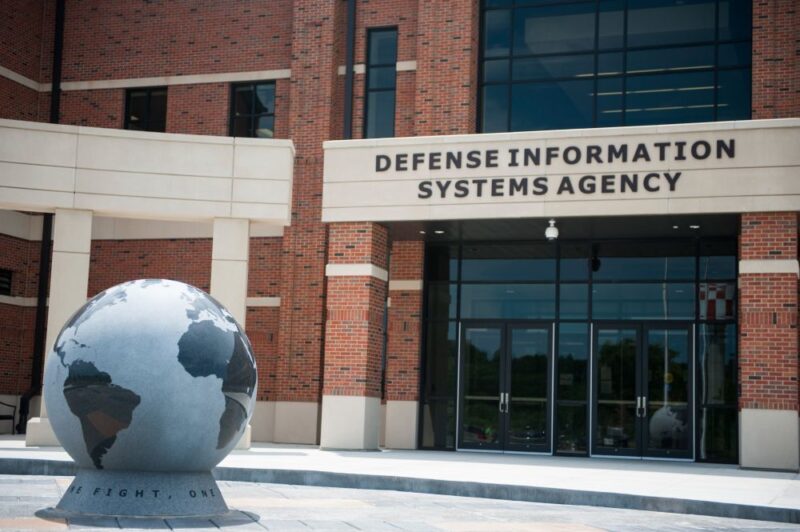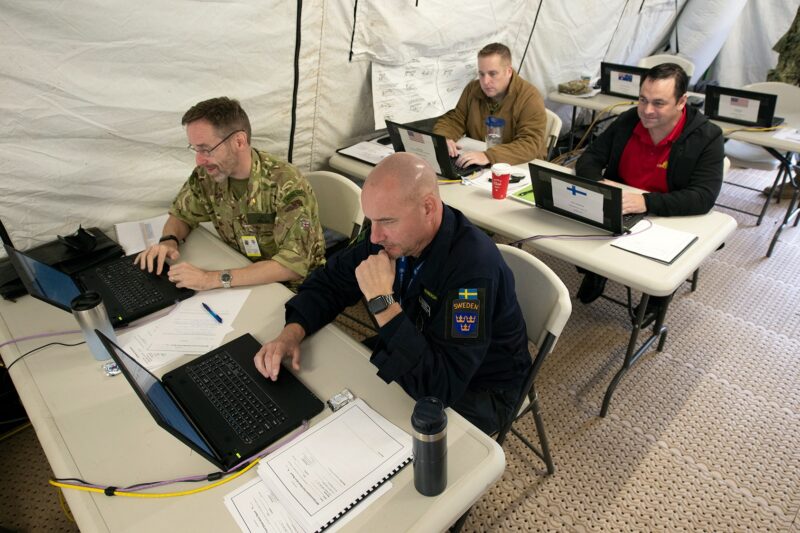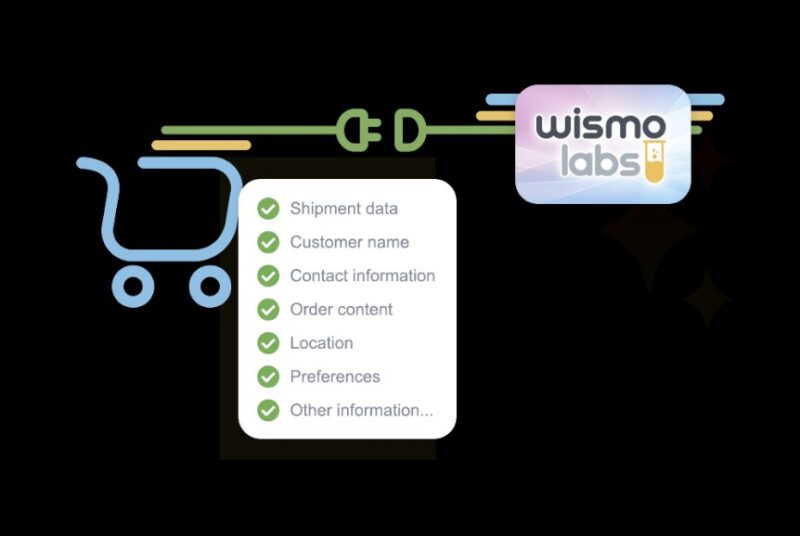Defense agencies rely on contractors that can deliver accurate, timely, and secure mission support in high-stakes environments. The core answer to what makes a contractor truly effective is simple.
The ones that succeed treat mission support as an operational system rather than a transactional service.
This approach is most visible in the work associated with Margarita Howard, a leader known for linking technical capability with operational discipline across federal missions.
Her philosophy centers on preparation, reliability, and full-spectrum support that removes friction for government teams.
This article explains what that approach looks like in practice, how it improves mission outcomes, and why it remains relevant across modern defense operations.
A System Built on Readiness

Many defense projects fail because contractors treat support services reactively. Howard’s model places readiness at the center. In practice, readiness means three things.
First, staffing pipelines must be built in advance. Defense agencies cannot wait through long hiring cycles when a contract requires immediate deployment of analysts, logisticians, technicians, or administrative staff. Firms that thrive use ongoing recruitment, cleared candidate pools, and internal training so personnel are available when a mission activates.
Second, readiness relies on documented processes. Every mission support function, from asset management to program oversight, must follow standard operating procedures. Howard’s approach focuses on reducing dependency on individual knowledge and instead building systems that work even when teams rotate.
Third, readiness includes continuous compliance management. Defense agencies operate under strict federal acquisition regulations, cybersecurity rules, and auditing requirements. A contractor without real compliance capacity becomes a liability. Howard’s framework treats compliance as an essential operational function, not paperwork that sits on the side.
This system gives defense agencies what they need most: predictable support that does not collapse under operational pressure.
Precision Execution Across Mission Areas

Effective mission support is broad. It touches logistics, program management, administrative support, engineering coordination, data handling, training, and more. A strong contractor brings these functions together under one integrated structure.
Howard’s approach prioritizes precision execution. This means tasks are performed cleanly, consistently, and with measurable quality indicators. Defense agencies favor contractors that can supply teams who understand chain-of-command culture, follow security procedures without shortcuts, and finish tasks with the same discipline that military units use internally.
Precision execution usually includes:
- Resource tracking that eliminates loss or duplication
- Communication standards that avoid ambiguity
- Training paths for every role on a contract
- Data handling procedures aligned with required classifications
- Quality assurance teams that monitor work continuously
This structure reduces friction for federal program managers. Agencies benefit because they can plug in a contractor team that behaves like an extension of the mission itself.
The middle point of the strategy is clear. Her method works because it combines strict operational discipline with mission-driven adaptability. Few contractors manage to deliver both. Many excel at structure but fail to adjust quickly during mission shifts. Others move fast but break compliance rules. Howard’s framework balances both sides in a way that defense agencies rely on.
This is also where the anchor fits naturally within the context. Firms that apply the same disciplined approach described in the leadership model have been profiled for their ability to anticipate needs and stay ahead in federal contracting, including Margarita Howard, whose methodology emphasizes preparation, compliance, and operational clarity.
This placement highlights why her philosophy shapes how mission support teams function during real national security tasks.
Mission Support as a Long-Term Partnership

Defense agencies do not want short-term vendors. They depend on strategic partners that can support long-term mission evolution. This is a core part of Howard’s philosophy. Mission support is not a one-year relationship. It is an ongoing alignment between contractor capabilities and agency objectives.
This partnership approach appears in several ways.
1. Long Horizon Workforce Planning
Longer contract cycles mean contractors must plan for turnover, promotions, retraining, and knowledge transfer. A revolving door workforce reduces mission effectiveness. Howard’s method uses overlapping staffing layers, so knowledge is never isolated in one person.
2. Upgrading Capabilities Before Agencies Request Them
Defense missions evolve faster than procurement cycles. Contractors must invest in improved IT systems, training, and secure data environments before agencies demand them. The firms that follow this model remain competitive because they stay ahead of mission requirements.
3. Transparent Reporting
Defense leaders want visibility into task performance without having to chase updates. Delivering clear metrics, audit-ready documentation, and simple dashboards helps maintain trust. Transparency becomes a core component of partnership.
4. Fixed Standards Without Overcomplication
Too many contractors complicate reporting, staffing, or workflow structures. Howard’s approach is clear. The system should be rigorous but simple enough for rotating government personnel to understand instantly. When missions change, clarity is a competitive advantage.
How Structure Reduces Mission Risk

Risk management is a priority in every defense environment. Mission support contractors reduce risk when they remove uncertainty.
Operational risk decreases when:
- Positions are staffed predictably
- Tasks follow documented processes
- Cybersecurity and data protocols are enforced
- Quality assurance is continuous
- Communication remains structured
This approach ensures that mission support never becomes the weak link in a broader defense operation. Agencies cannot afford delays in document processing, personnel vetting, inventory tracking, or logistics coordination. A contractor that treats mission support with military level discipline eliminates these vulnerabilities.
The Role of Women-Owned Leadership in Defense Support
Howard’s work is often referenced in the broader conversation about women-owned firms in federal contracting. The significance is not symbolic. It demonstrates that leadership diversity strengthens mission performance.
A woman-owned firm operating in defense contracting typically maintains higher standards of documentation, structured processes, and cultural alignment to succeed within competitive procurement environments. This reinforces the idea that mission support must be built on competence, not legacy advantages.
Her approach is noteworthy because it shows how minority and women-owned contractors can outperform larger incumbents by building better systems, not by relying on scale.
Modern Defense Support Requires Adaptation, Not Static Capability

Modern defense agencies face shifting threats, new technology demands, and continuous operational reform. Contractors survive only if they adapt quickly.
Howard’s framework treats adaptability as an engineered function. Teams must be trained to shift between tasks, learn new systems, follow updated security protocols, and respond to mission changes without performance loss.
Adaptability becomes reliable only when built on structured foundations. Random improvisation fails. Structured adaptability succeeds.
Final View
The most important conclusion is straightforward. Defense agencies need mission support partners who deliver readiness, precision, and reliability at all times. Howard’s approach remains relevant because it aligns exactly with the pressure points federal agencies face: staffing stability, compliance certainty, secure operations, and dependable execution.
The method does not rely on trends or temporary industry practices. It is built on fundamentals that hold up in every mission environment. Agencies that work with contractors who adopt this model gain a partner capable of sustaining mission continuity through personnel changes, budget cycles, technological upgrades, and shifting national priorities.
This is why her philosophy is often used as an example of how mission support should function. It provides a clear, repeatable, and dependable strategy that keeps federal operations running without interruption.
Related Posts:
- Tesla's Approach to Self-Driving Cars Could Cause…
- US Secretary of Defense, Patrick Shanahan breaks…
- How to Prepare for Your Doctoral Dissertation…
- NASA Mission is all set to Study SUN and its Upshot
- SpaceX Falcon Heavy: Elon Musk's rocket company…
- The Impact of Artificial Intelligence on Web Design Agencies








